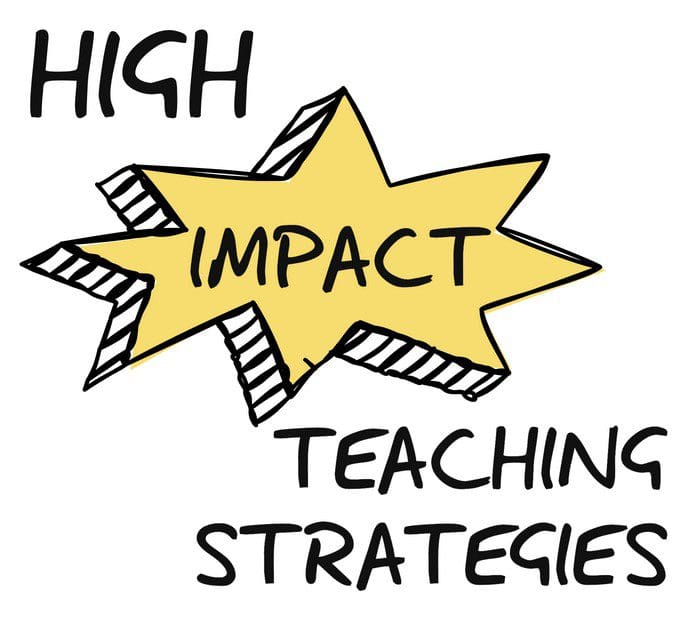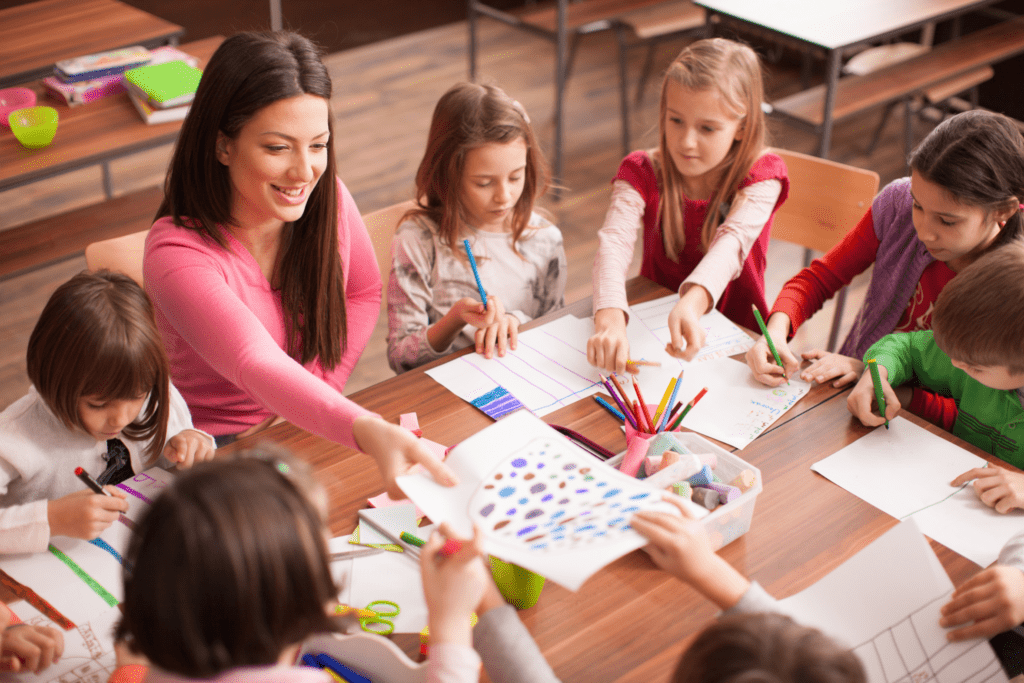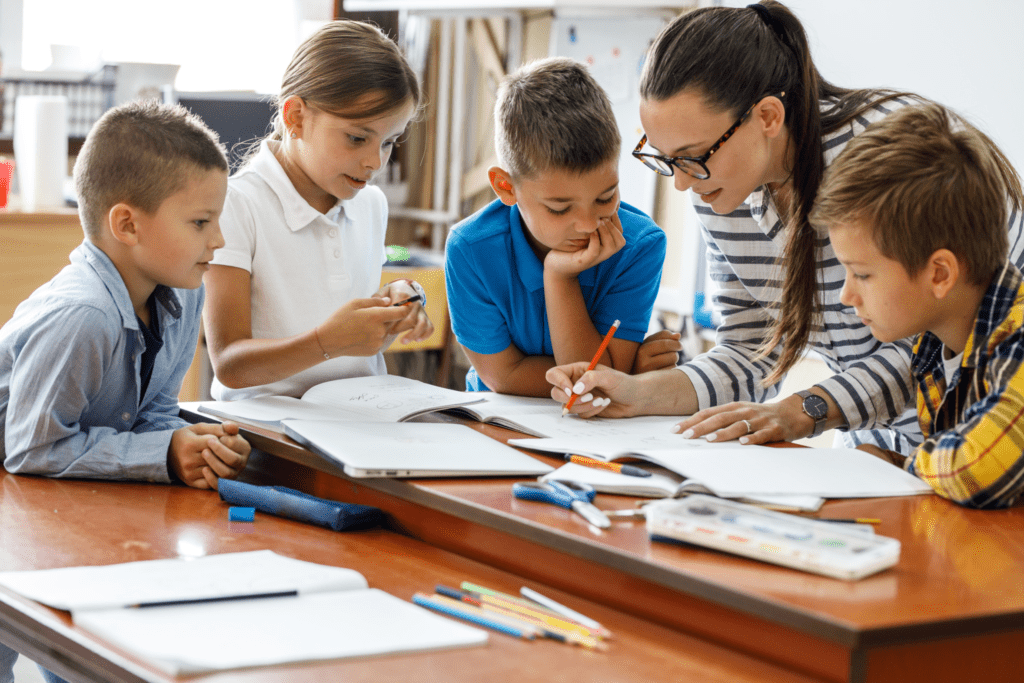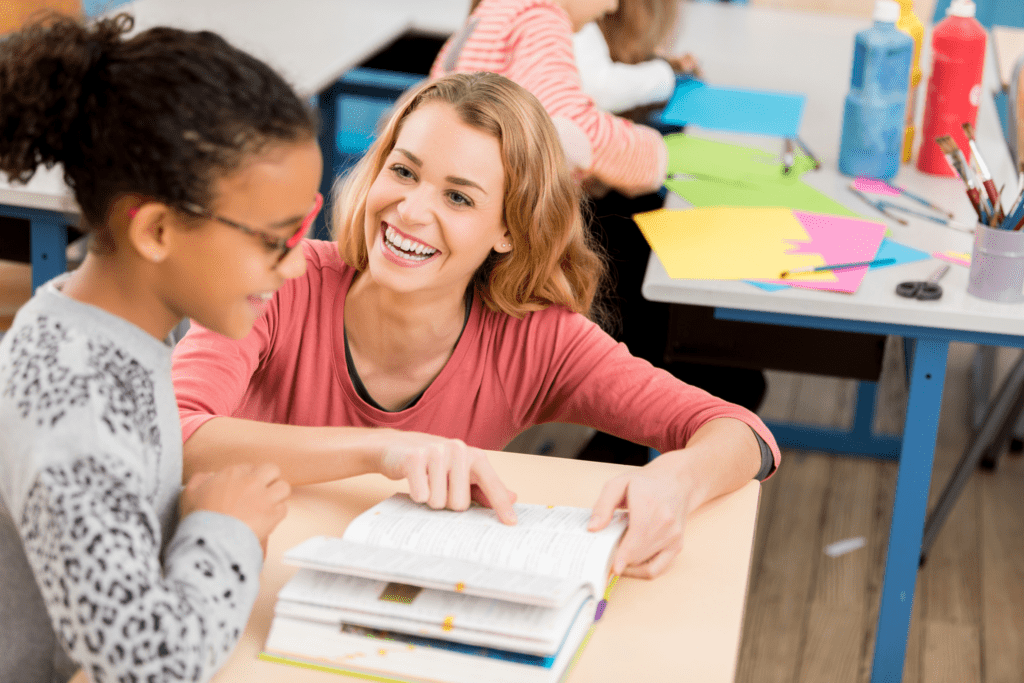
- Being genuinely happy to see each student.
- Keeping a student after class to give genuine process praise.
- Answer their emails immediately.
- Learn their names quickly.
- Find something specific that you like about all of them.
- Get the parents on-side
Teachers are time-poor. If you ask any teacher in the world they will say that they simply don’t have enough time or energy to do everything that they want to do for their students.
There’s always more admin to do, more meetings to attend and more hoops to jump through. All teachers want to do the best that they can for their students though, so we just need to be clever about how we spend our time.
There is a huge range of evidence-backed strategies that have been proven to work for our students. Providing quality feedback and forming a strong, positive relationship with our students and communities goes a long way. Giving quality feedback does take a lot of time and energy, often on the weekends. Forming relationships with families and communities can even take years.
There are some strategies that you can implement tomorrow though. These strategies will take 30 seconds either in your lesson or immediately after and they may just be the best 30 seconds you can spend to support your students.

Being genuinely happy to see each student.
Being able to give a genuine smile when you’re having a rough time can be tough, but teachers always need to put on a persona. It can also take a little mental training to be happy to see your students and you need to make sure that you’re looking after your own well-being. If you can manage it, it does pay off.
Simply smiling as your students enter the classroom sets the tone for your whole lesson. You might be having a bad day, but it’s likely some of your students are as well. Having a smile on your face shows that you are happy to see them and you are optimistic about this lesson.
Students will feed off your emotions constantly. I’m sure you’ve noticed that if one student is having a bad day, especially if they are a particularly expressive student, it can make everyone else in the class feel the same way.
This also works for positive emotions.
If a student is having a meltdown the best thing that you can do is stay calm. If you want your students to be happy to see you, you need to also be happy to see them. This is a respect and relationship-building thing, but it’s also just a part of how our emotional brains work.
Keeping a student after class to give genuine process praise.
I remember first trying this as a teaching strategy on my final placement. My mentor teacher wasn’t sure what I was doing and was unconvinced that it would work, but it really turned the tide for some of my most disengaged students.

If there was a student who regularly caused trouble in the class, I would occasionally ask them to hang back quickly after class. They would always assume that they were in trouble, so were surprised when I quietly said to them that I noticed that they gave the task a good shot today and I was really impressed. I would tell students that an idea that they shared was really interesting and I think they should pursue it for their big project, or I would say that I noticed how they stuck up for a classmate and that they’re a good friend.
One student went from never handing anything up because she felt like a failure to getting a well-deserved A+ in my subject. One student who always called out, threw things and picked fights ended up standing up for me when other students were giving me a hard time.
I’ve never seen a strategy that took so little time have such a big impact on my relationships with my students and their own sense of self-worth. Taking half a minute at the end of the lesson to give some very personal praise and appreciation can do wonders.
Answer their emails immediately.
I know that this isn’t universal, but I get a lot of emails from my students. I teach senior Maths and Science and often get emails in the middle of the night from my students because they’re stressing over something.
I don’t make it a habit to answer emails outside of work hours because I know I need to keep my work and home life separate, but I sometimes keep my email notifications on when I know that my students have a big assignment due or an exam coming up.
Many teachers feel like they need to come back to their students with a solution and so put off replying to their emails, but this isn’t always the case. If a student is stressed-out enough that they’re emailing you in the middle of the night and you just so happen to see it, a simple email saying that you’ve acknowledged it and will help them sort it out in the morning can help them get some sleep.
I’ve also found that emailing them quickly will encourage them to email you more frequently. I ask my students to email me photos of their work if they are getting stuck as they’re going through it and making sure that I give them some quick feedback (even if it’s not super in-depth) encourages them to do the same next time.

If you don’t see their email for days, why would they keep sending them over little things? They will start to think that they are annoying you or that you don’t have the time so they will stop. In reality, taking 30 seconds to send a quick reply will help them feel supported.
Learn their names quickly.
Nothing shows a student that you care more than learning their name quickly. Really, it’s more that NOT learning their name feels like you don’t care. Calling every student by their name is a quick way to get them all onside and make your life a lot easier.
There are a number of strategies that you can try to help you do this. There are a few common ones that I would certainly keep clear of, like using name tags. Particularly for teenagers and especially if you’re a relief teacher, this can really have the opposite effect to what you’re looking for.
Rehearsing their names in your head, making a quick seating diagram with their names as you call out the roll, and getting to know something about them personally can be great strategies to use.
Find something specific that you like about all of them.
Depending on your class and your individual students, this can be tricky. We’re all going to have students that give us grief, but the quickest way to build a good relationship with them is to find something that you like about them.
It is very easy to mess with someone who you know doesn’t like you very much. If students get an inkling that you don’t like them, they are more likely to behave badly. The key to this strategy is that you often don’t even need to tell them what it is about them that you like; if you have something in your mind, it often shines through in how you interact with them.
It could be something like their confidence. Their willingness to stand up for their peers. It could be that they are funny and light-hearted, or that they are passionate about their hobbies.
It can be very difficult to find something that you like about all of your students if you are over-worked and burned out, so this strategy can often be more difficult than it seems. If you can find something that you like about all of your students though, it will have a significant impact on how you treat them, and so, how they treat you.

Get the parents on-side
The parents’ role in how your students learn and behave in class is often tragically understated. I’ve seen it first-hand when teaching students online because their impact is much more apparent when they sit next to your student while doing their lessons.
If a parent doesn’t like you, it is going to rub off on their child. If your student goes home confused about the homework that you’ve set, a parent who doesn’t like you might say that it’s because it’s rubbish and you don’t know what you’re talking about. How is the student supposed to get their homework done then?
See more: Why Teachers Should NEVER Accept Gifts from Students and Parents
I’ve had parents whisper in their child’s ear during lessons about how I don’t understand or how what I’m asking them to do is too much or not enough. Again, this is more obvious through online learning, but it always happens.
A simple call to a parent might only take 30 seconds, but it can be well worth it. Just explaining a task that you think a student hasn’t entirely understood or expressed your concerns about a student’s progress and asking if there’s anything more you can do to support them can show parents that you care.
You want to have a working relationship with your parents; this cannot happen without a connection. Keeping parents in the loop can greatly impact how your students feel about school, give you more insight into how they are going, and support them long-term.





